🇲🇾 🚄 To the soundtrack of aquaman and some snoring (thanks Margot) our ferry ducked through the endless stream of container laden freighters and tankers traversing the straights of Malacca. Arriving on Malaysian soil in the city of Malacca, the UNESCO listed European quarter and old town streets underline the global influence and influences of this famous port city.
Spices from the Banda islands and beyond, Chinese porcelain, indian fabrics, silk, gold, tin, forest products, opium, tea, rice… everything transitted via the wharfs and warehouses of Malacca. From its hayday as an independent Sultanate in the 1500s, to Portugese, Dutch then British rule, and Malaysian independence post 1957, all stamped their presence on this city. The city centre felt a bit like Disneyland, full of domestic tourists taking selfies, souvenir stalls and rickshaws fully decorated with pikachu, teddy bears and enormous sound systems. After sweating through a brief lap of the European monuments atop Malacca’s hill, we greatly appreciated the calm and aesthetic of the old quarter’s laneways lined with Chinese merchant houses. Curving tiled rooves, intricate porcelain decoration adorning their facades, wooden shutters, lanterns hanging and deep courtyards hidden behind thick teak doors.
The diversity of influences on Malacca, and Malaysia more broadly, go well beyond the architectural. Modern Malaysia is an incredible mix of people of Chinese, Indian, Indonesian and various Malay origins, each contributing their own cultures to this melting pot of a country. In addition, Malaysia seems to be a hub for many migrants from across Asia, and in particular from India and Bangladesh. This is a country where everyone seems to have come from somewhere else. And it begs the question: what « makes », or unites, the Malaysian people? « Amazing food » had answered Satyah, a Malaysian of Indian origin whom we met in Indonesia. But, he explained, beyond the apparent and proclaimed unity, the Malaysian people is profoundly divided along ethnic and religious lines.
With accommodation booked in KL that evening, we had to cut our tour of Malacca short. Seated in an air conditioned near-new bus cruising on a three lane freeway, our experience in Sumatra that morning felt like a world away! In only 2 hours we covered the distance to KL, followed by a spotless metro train to our hotel.
Suffice to say that KL isn’t our preferred type of city, dominated by freeways and flyovers, huge malls and skyscrapers. Google maps was essential to navigate the pedestrian overpasses, tunnels and escalators needed to get about on foot. But the food was great, another testament to the diversity of influences.
Islam is central to the identity of the malaysian state and to the politically dominant Malay community. Linked to this, the Malaysian national narrative projects Malaysia as a key historical corner of the islamic world, with its national and very grandiose Islamic Art Museum playing a role in this narrative. The museum was our number one destination in KL and it certainly didn’t disappoint, giving us some wonderful teasers of what we can look forward to in northern India and Central Asia.
Fortified by Malaysia’s delicious national dish, Nasi Lemak, and some Indian inspired pulled tea famous in KL, we entrained from the decaying grandeur of the central station. Destination – Butterworth (gotta love that name)!
Butterworth faces Penang Island, just a short ferry ride away. Georgetown, the old town on Penang island, was an absolute highlight, even better for being unplanned and unexpected. Developed by the British as a foothold in Malaya to counter Dutch influence, Penang grew into a highly successful port and commercial centre, attracting immigrants from the peninsula, China, India and beyond. Once again the aesthetic of the Chinese, European-Chinese, neo-moghul, British and other architectural styles, make for a stunning time capsule to explore. While the colours may be fading and many buildings gracefully show their age, most still hum with life. The brown teak interiors, vintage tilework, and ancient desks giving the feeling that we had been transported back to the 1950s. The icing on the cake was the blue mansion, a painstakingly restored mansion of « China’s last mandarin and first capitalist ». The mansion’s indigo hues, intricate wood carved screens and aged teak furniture were the epitome of timeless class. We definitely understood why Georgetown is world heritage listed!
Continuing our rapid tour of the peninsula, we were on the ferry back to Butterworth early the next morning for the train to Thailand. After a few freezing hours in the spotless, asceptic white and cold as a coolroom Malaysian train we were more than pleased by the the bright orange wooden seats and open windowed carriage that picked us up on the Thai side.
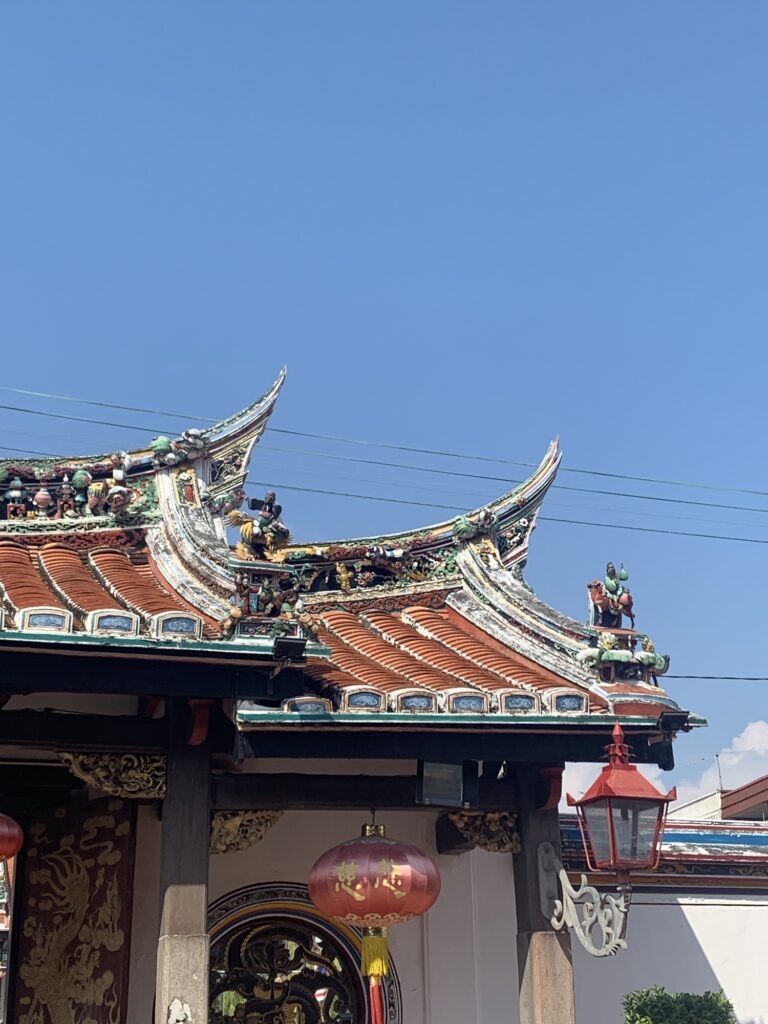
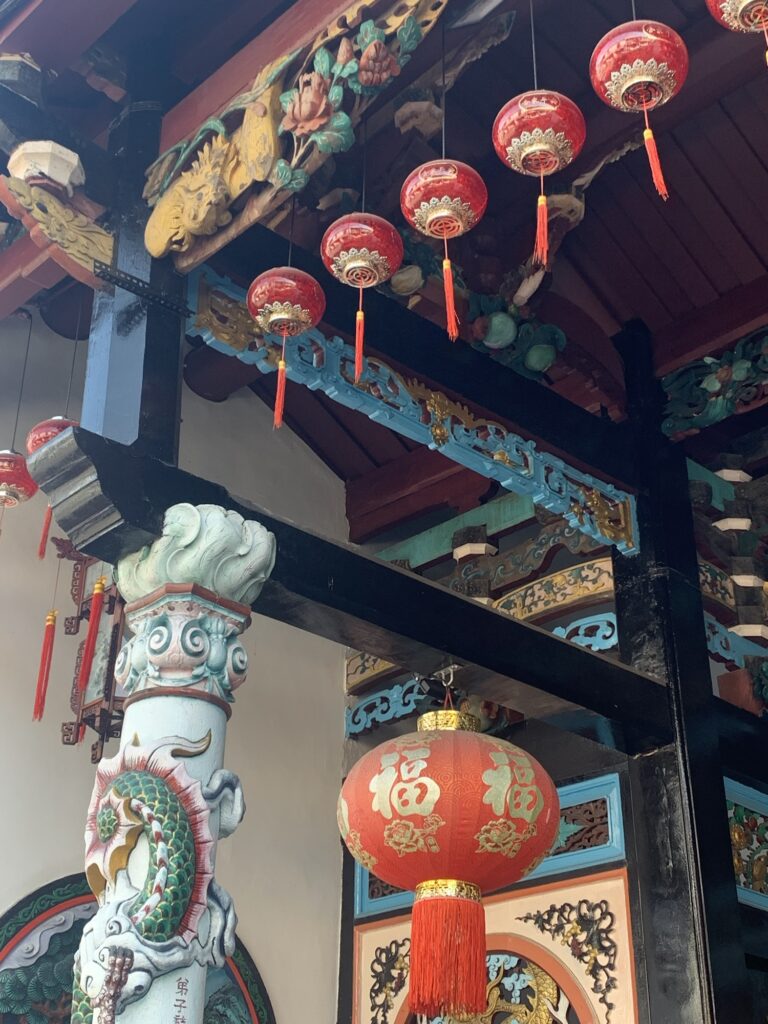
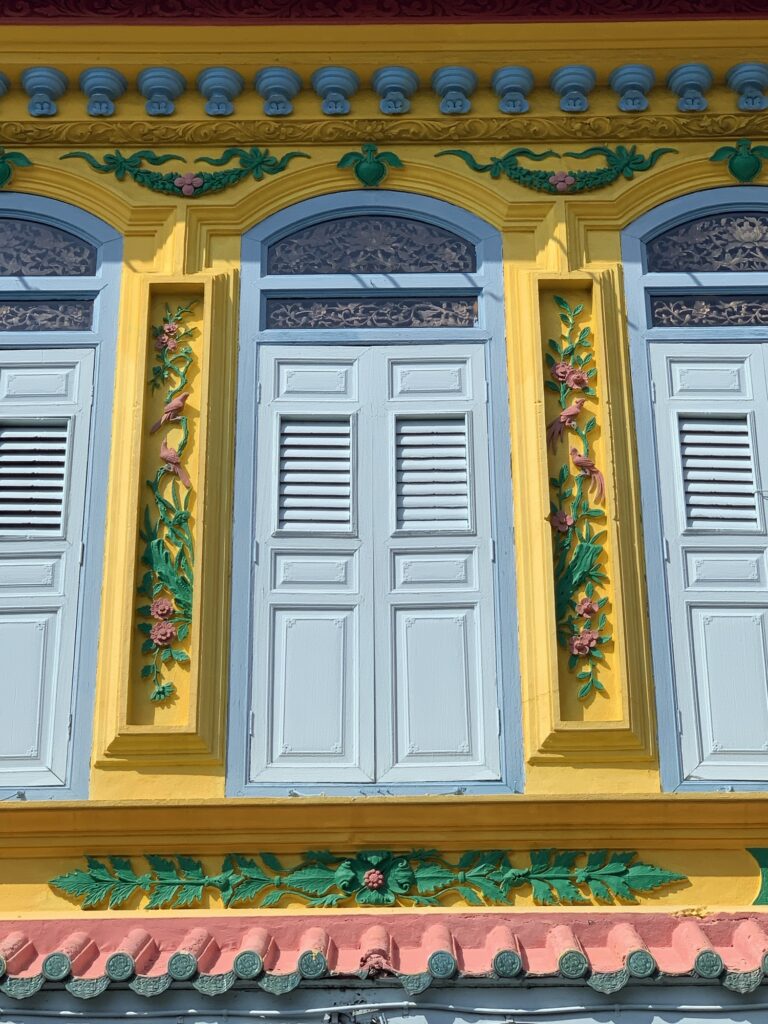
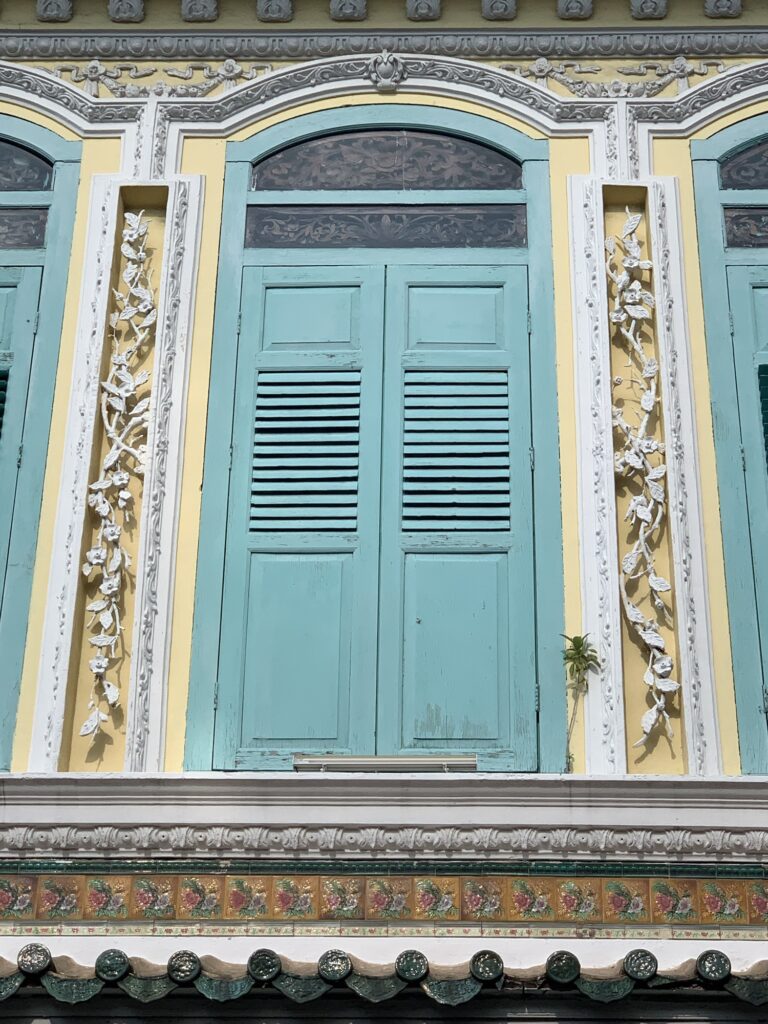
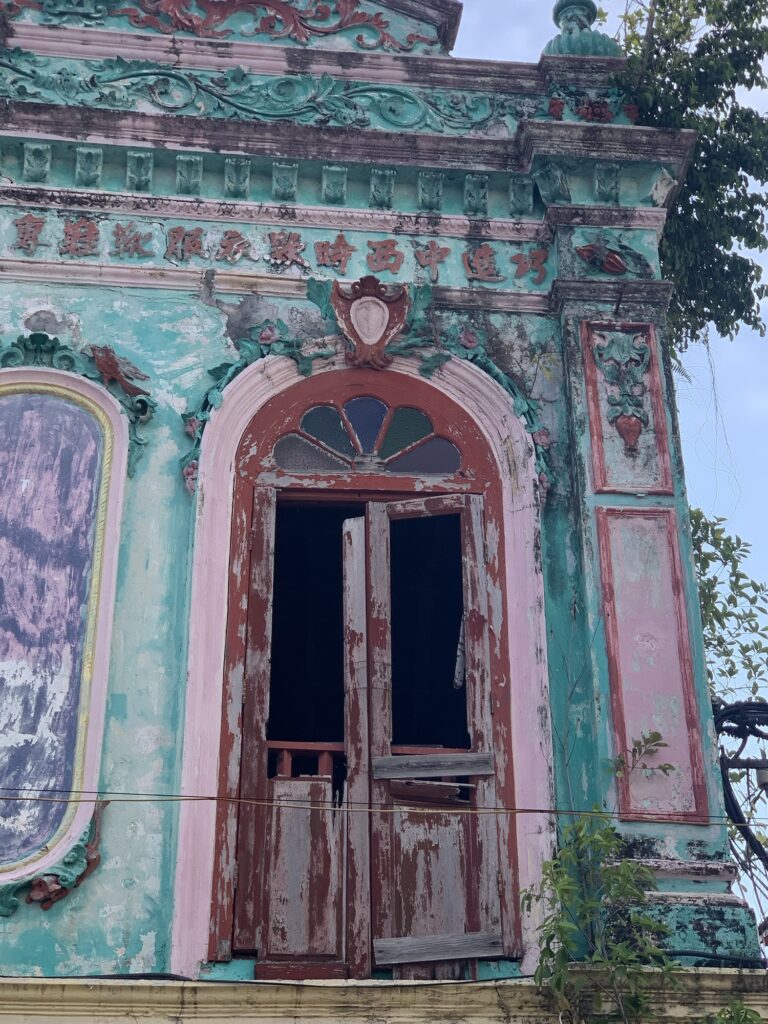
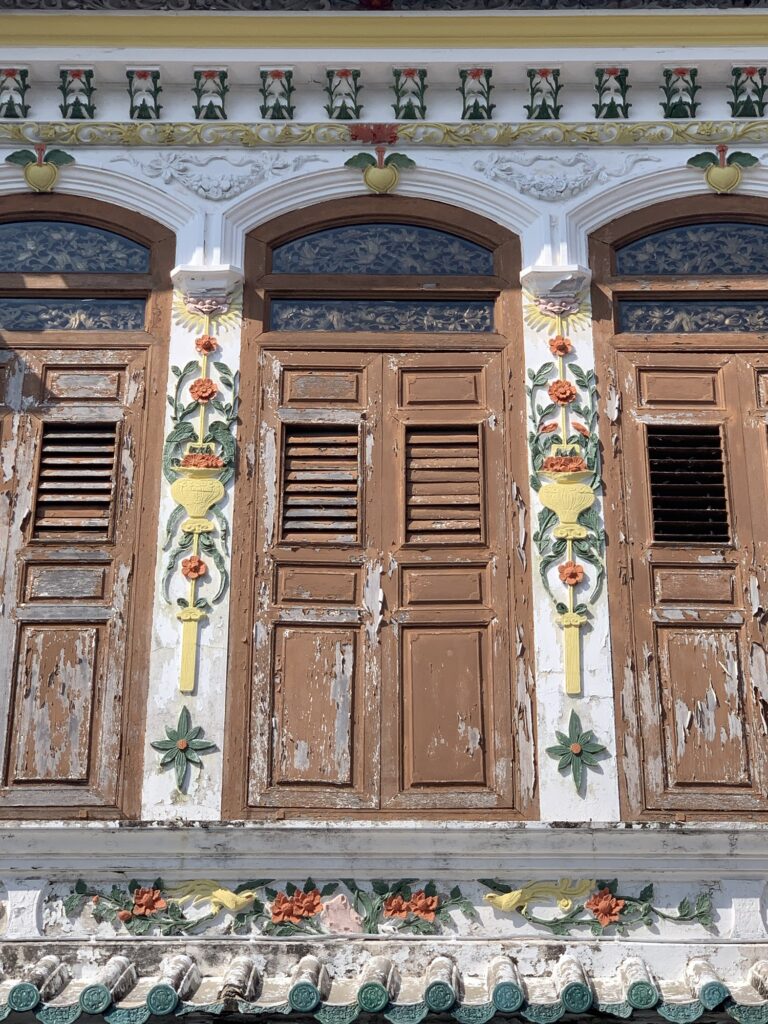
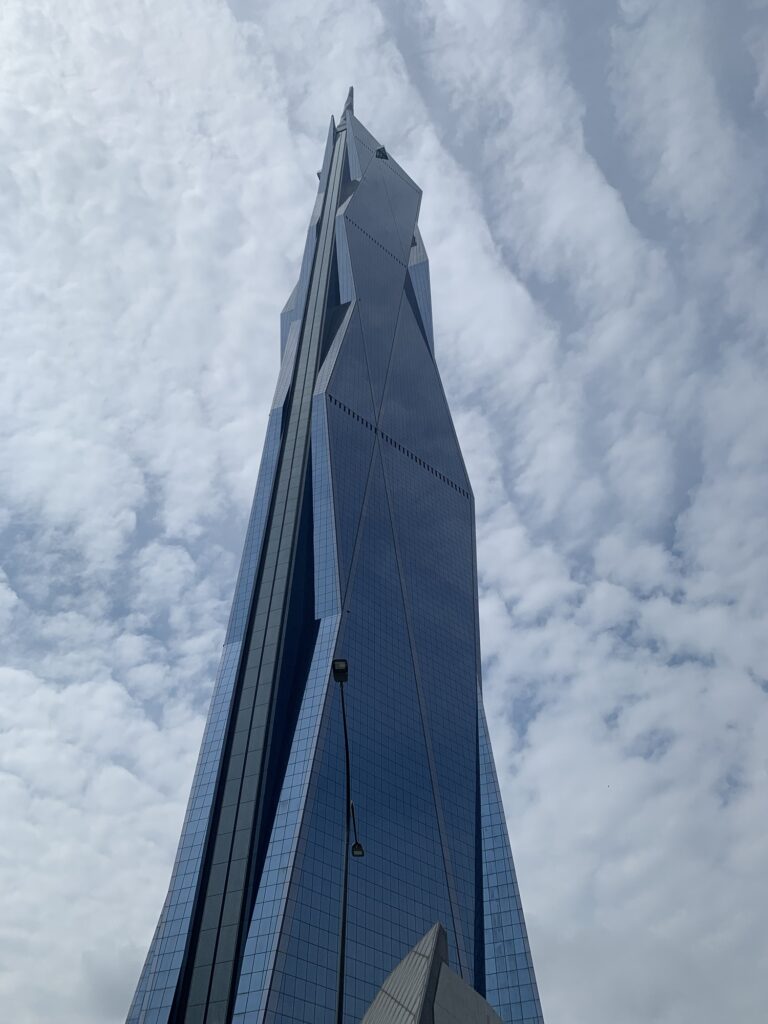
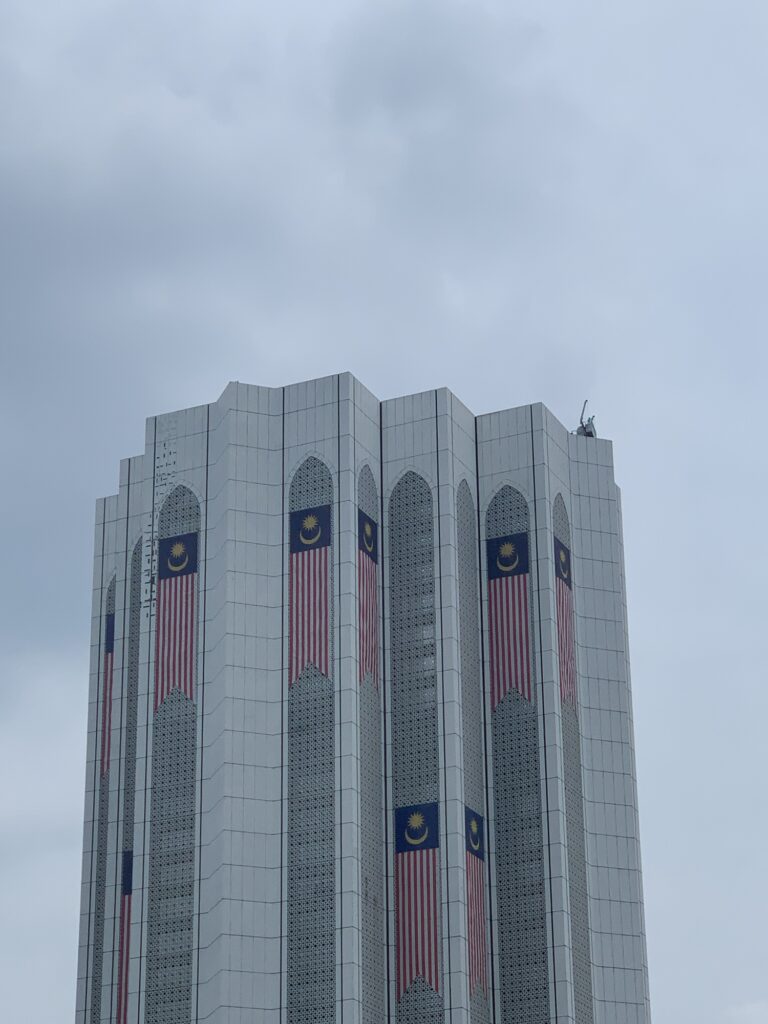
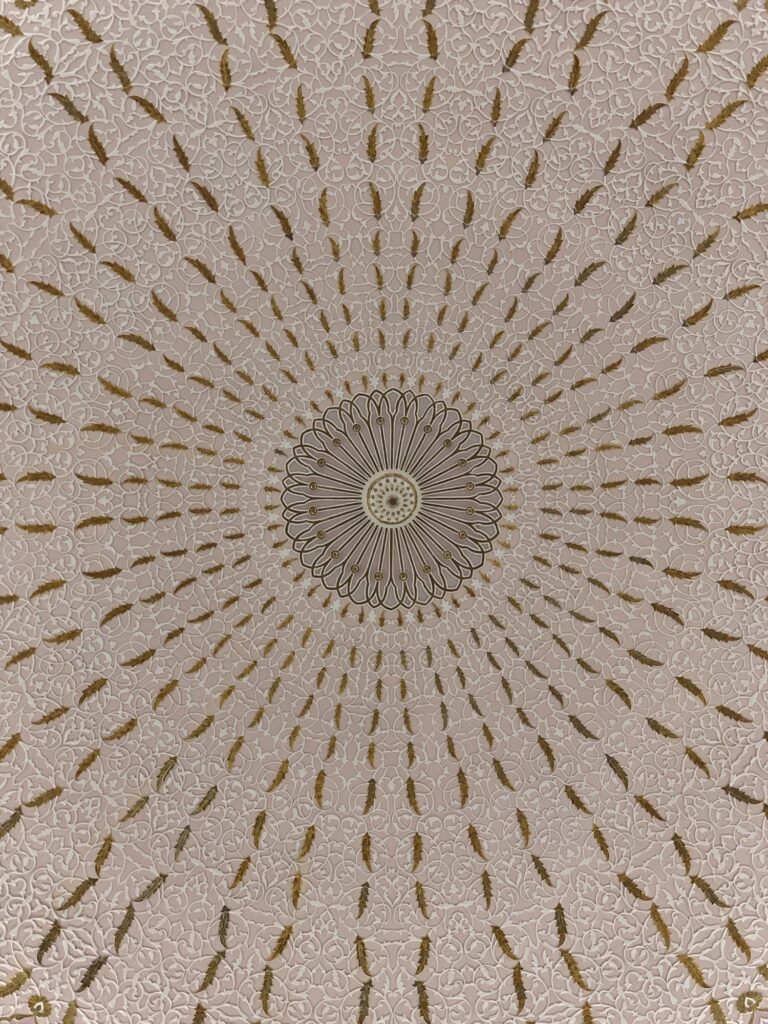
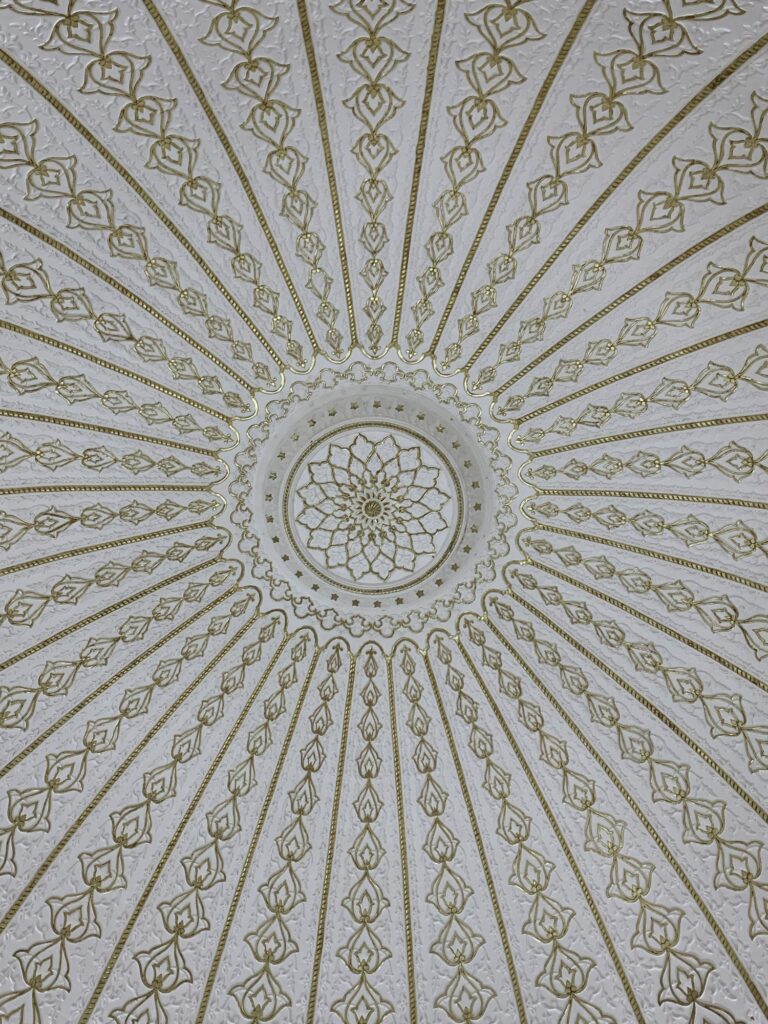
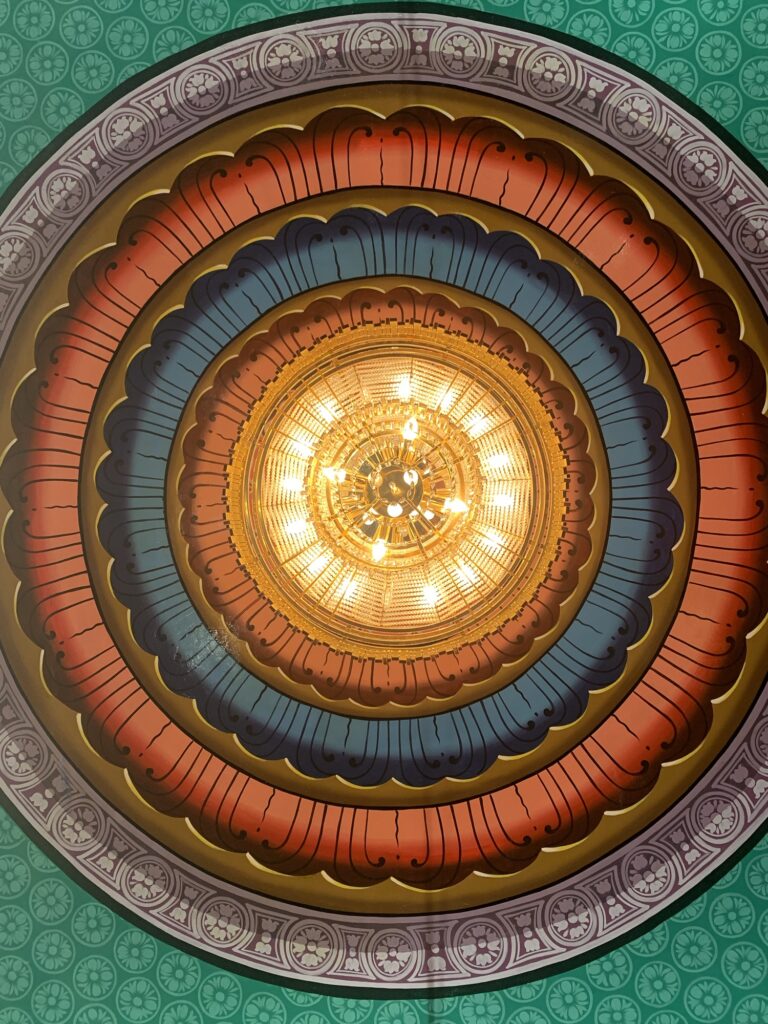
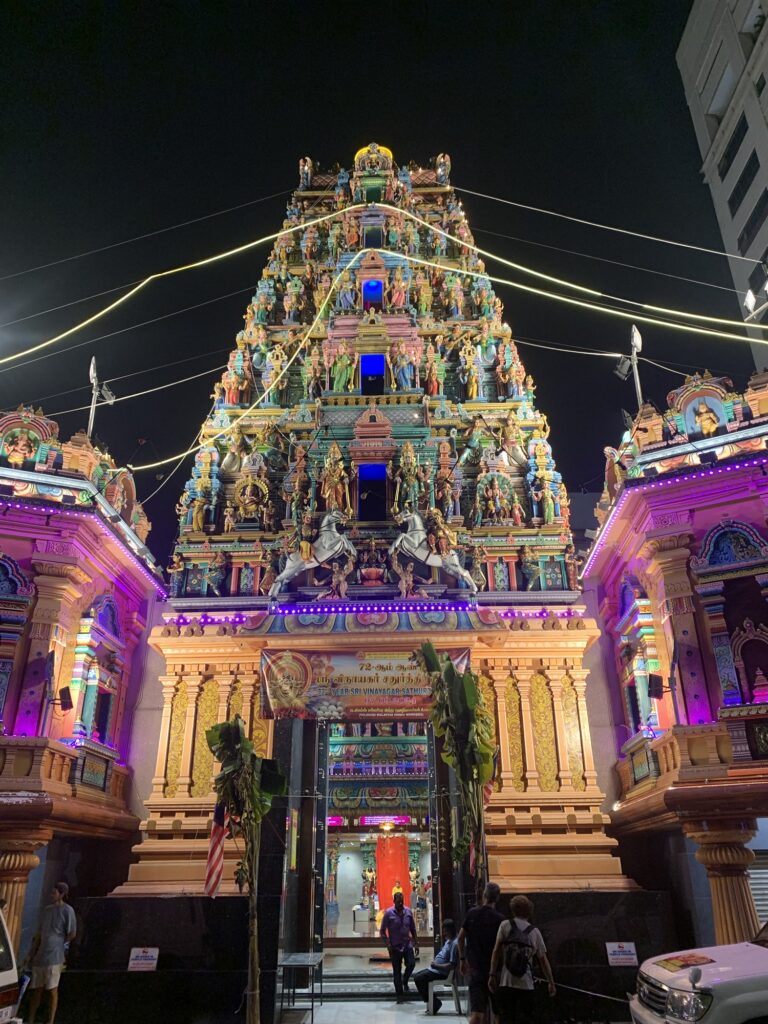
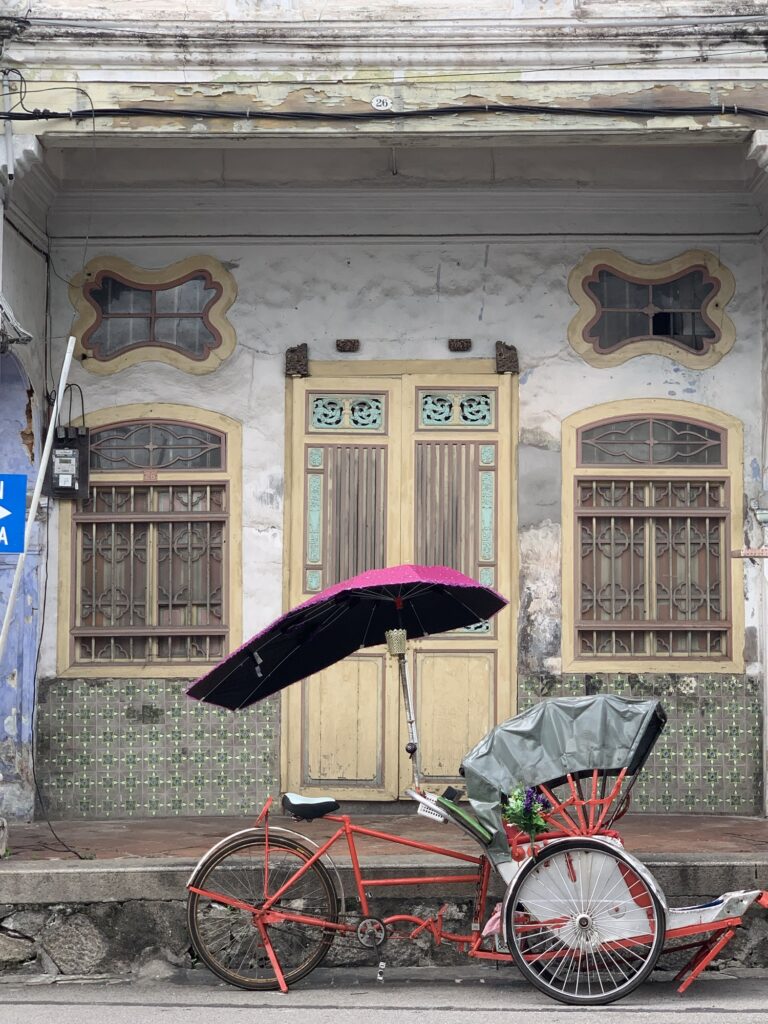
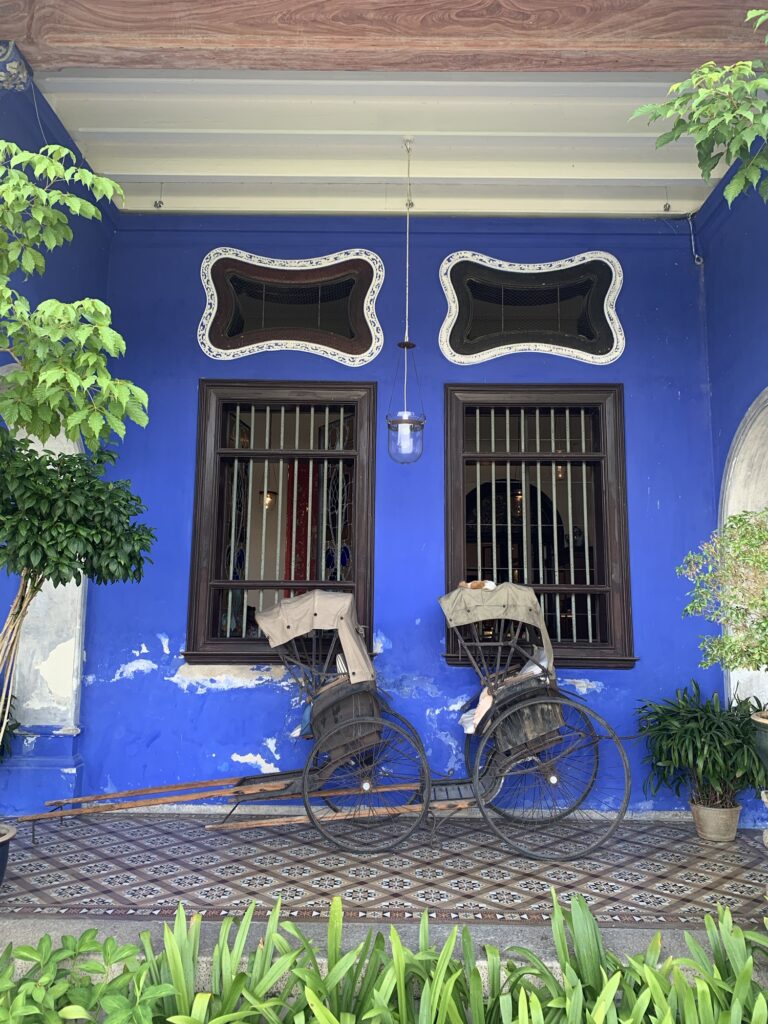
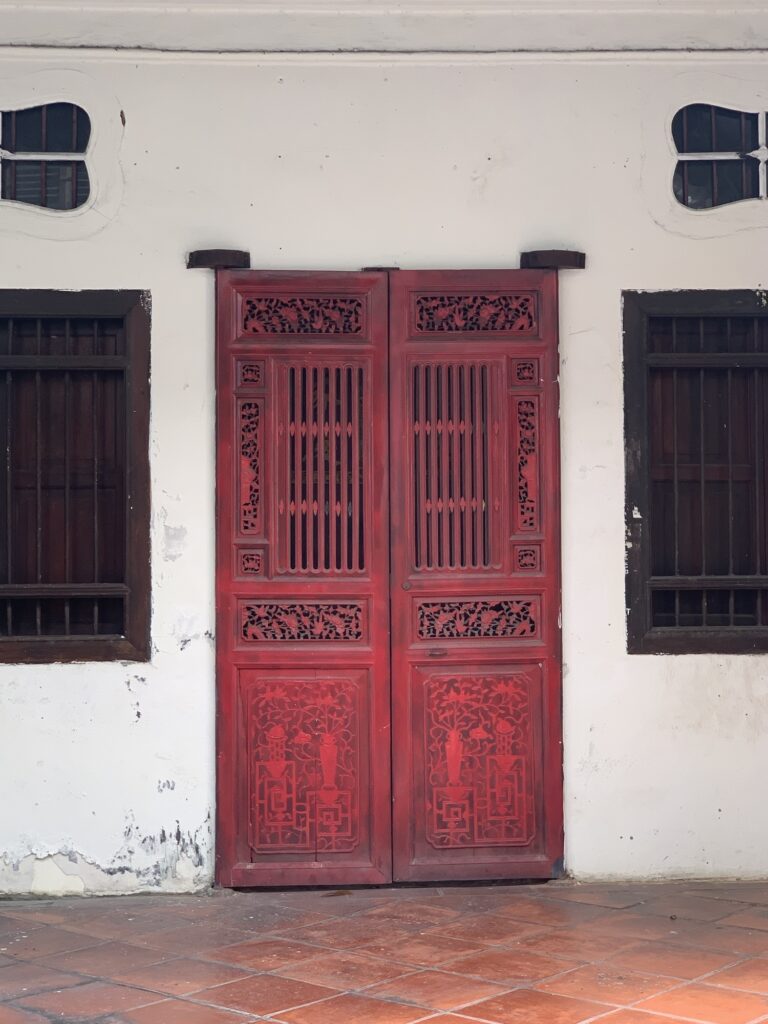
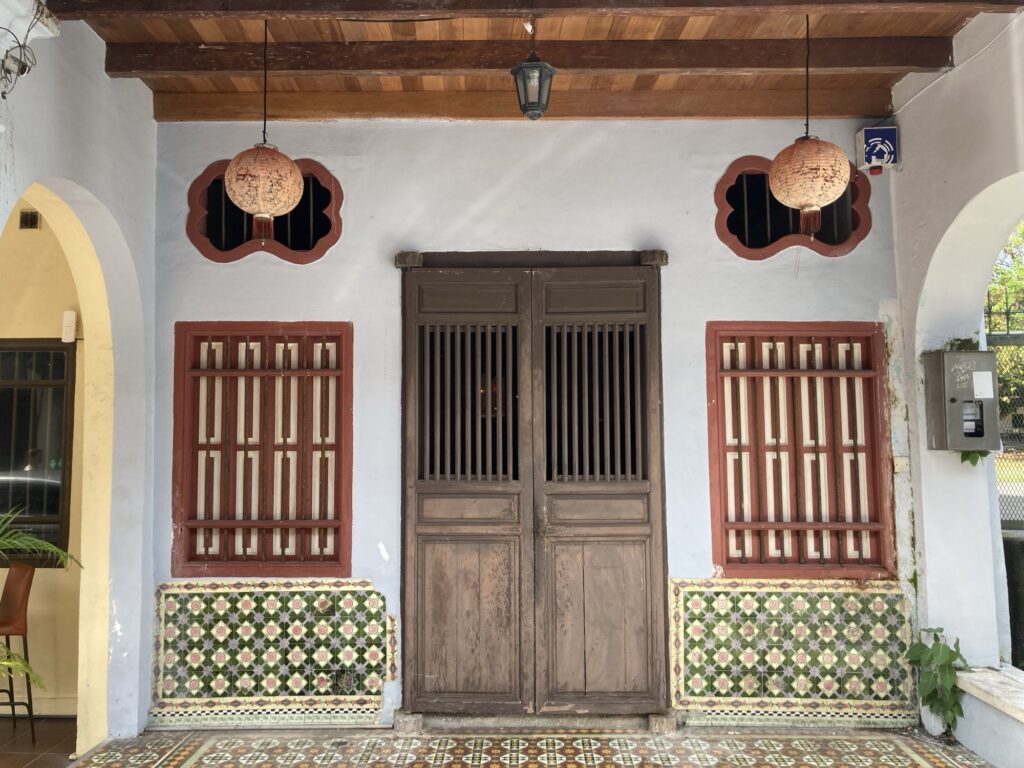
Leave a Reply